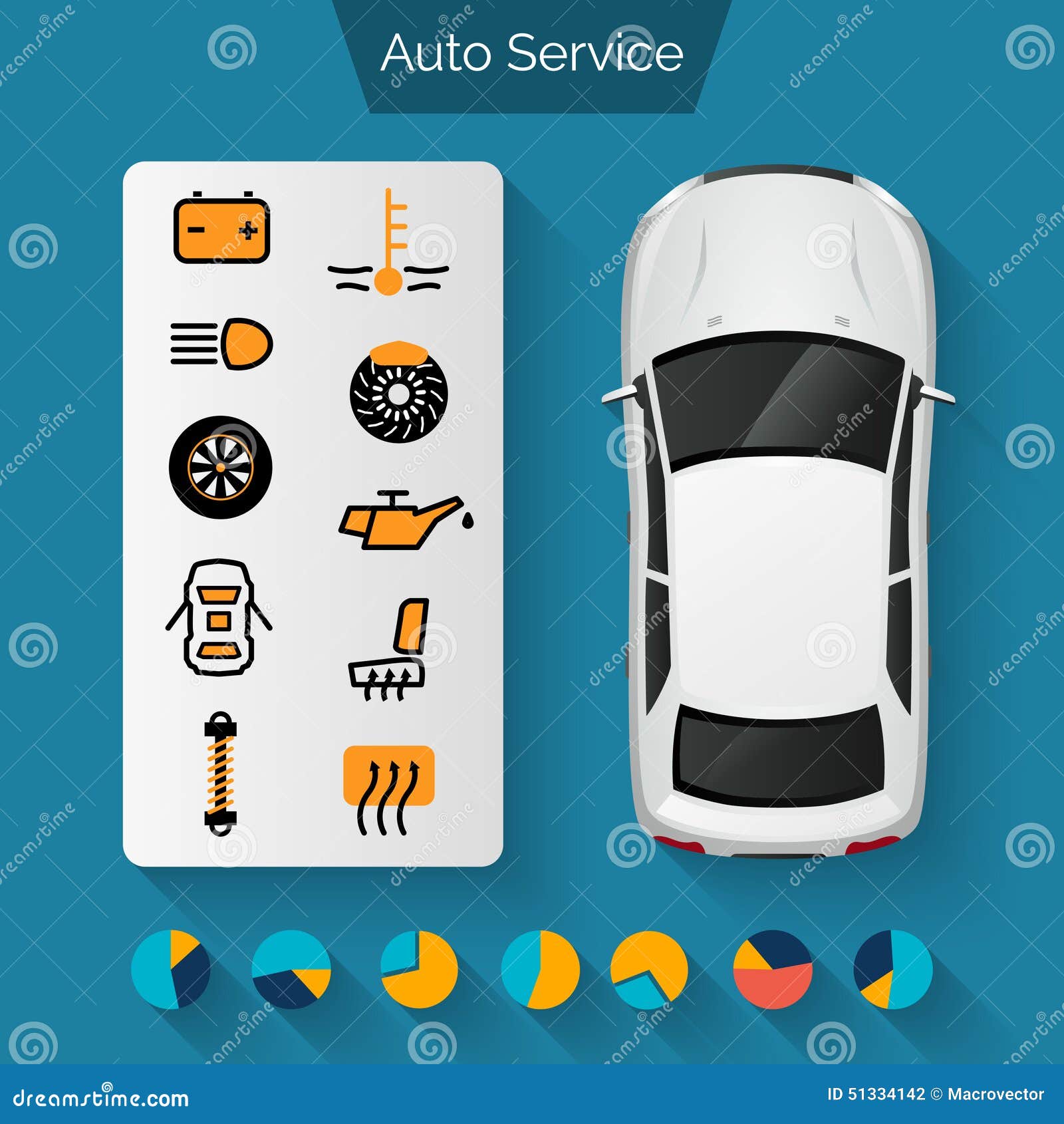Wondering About The Meaning Behind Those Dashboard Warning Lights? Gain Understandings Into Their Effects For Your Vehicle'S Safety And Security And Upkeep
Wondering About The Meaning Behind Those Dashboard Warning Lights? Gain Understandings Into Their Effects For Your Vehicle'S Safety And Security And Upkeep
Blog Article
Short Article Writer-Termansen Kejser
When you lag the wheel, those beautiful warning lights on your dashboard can be a bit complicated. Do you recognize what they're trying to inform you concerning your automobile's health? Recognizing the value of these lights is vital for your safety and the durability of your car. So, https://codyidaav.fare-blog.com/31330131/car-fixing-s-future-landscape-substantial-patterns-to-observe-in-the-upcoming-years following time one of those lights turns up, wouldn't you intend to decode its message precisely and take the necessary actions to address it?
Common Caution Lighting and Interpretations
Recognize usual warning lights in your car and understand their significances to ensure risk-free driving.
One of the most normal caution lights consist of the check engine light, which indicates issues with the engine or exhausts system. If this light begins, it's important to have your vehicle examined quickly.
https://www.autoblog.com/2021/10/23/repair-shop-delays-parts-shortage/ alerting light indicates reduced oil stress, requiring instant interest to prevent engine damages.
A blinking battery light might recommend a damaged billing system, potentially leaving you stranded otherwise dealt with.
The tire stress surveillance system (TPMS) light alerts you to low tire pressure, influencing vehicle security and fuel performance. Overlooking this could result in unsafe driving conditions.
The ABS light shows a problem with the anti-lock braking system, compromising your capability to stop swiftly in emergency situations.
Lastly, the coolant temperature alerting light warns of engine getting too hot, which can result in extreme damage otherwise fixed swiftly.
Recognizing these usual caution lights will certainly assist you deal with concerns without delay and maintain risk-free driving problems.
Importance of Prompt Interest
Understanding the typical caution lights in your cars and truck is only the very first step; the relevance of without delay attending to these warnings can't be stressed enough to guarantee your safety and security on the road.
When a caution light illuminates on your dashboard, it's your cars and truck's method of interacting a potential issue that requires interest. Overlooking these warnings can cause more extreme issues in the future, endangering your security and potentially costing you a lot more out of commission.
Trigger focus to warning lights can avoid malfunctions and accidents. For instance, a blinking check engine light could show a misfire that, if left unattended, might trigger damages to the catalytic converter. Addressing cut and polish car can conserve you from a costly fixing.
Similarly, a brake system cautioning light may indicate reduced brake liquid or used brake pads, crucial components for your security when driving.
DIY Troubleshooting Tips
If you notice a warning light on your dashboard, there are a couple of do it yourself troubleshooting ideas you can attempt before looking for specialist aid.
The first step is to consult your car's manual to understand what the certain warning light indicates. In some cases the problem can be as simple as a loose gas cap triggering the check engine light. Tightening the gas cap may settle the problem.
Another common problem is a reduced battery, which can trigger various advising lights. Examining the battery connections for deterioration and ensuring they're safe and secure might repair the problem.
If a warning light lingers, you can attempt resetting it by detaching the car's battery for a few minutes and after that reconnecting it. Furthermore, checking your vehicle's liquid levels, such as oil, coolant, and brake liquid, can help repair alerting lights connected to these systems.
Final thought
To conclude, comprehending your cars and truck's warning lights is crucial for maintaining your vehicle running efficiently and securely. By quickly attending to these alerts and recognizing what they mean, you can prevent pricey repair work and prospective breakdowns.
Remember to consult your vehicle's guidebook for certain information on each alerting light and take action appropriately to make sure a trouble-free driving experience.
Keep informed, stay secure when driving!
